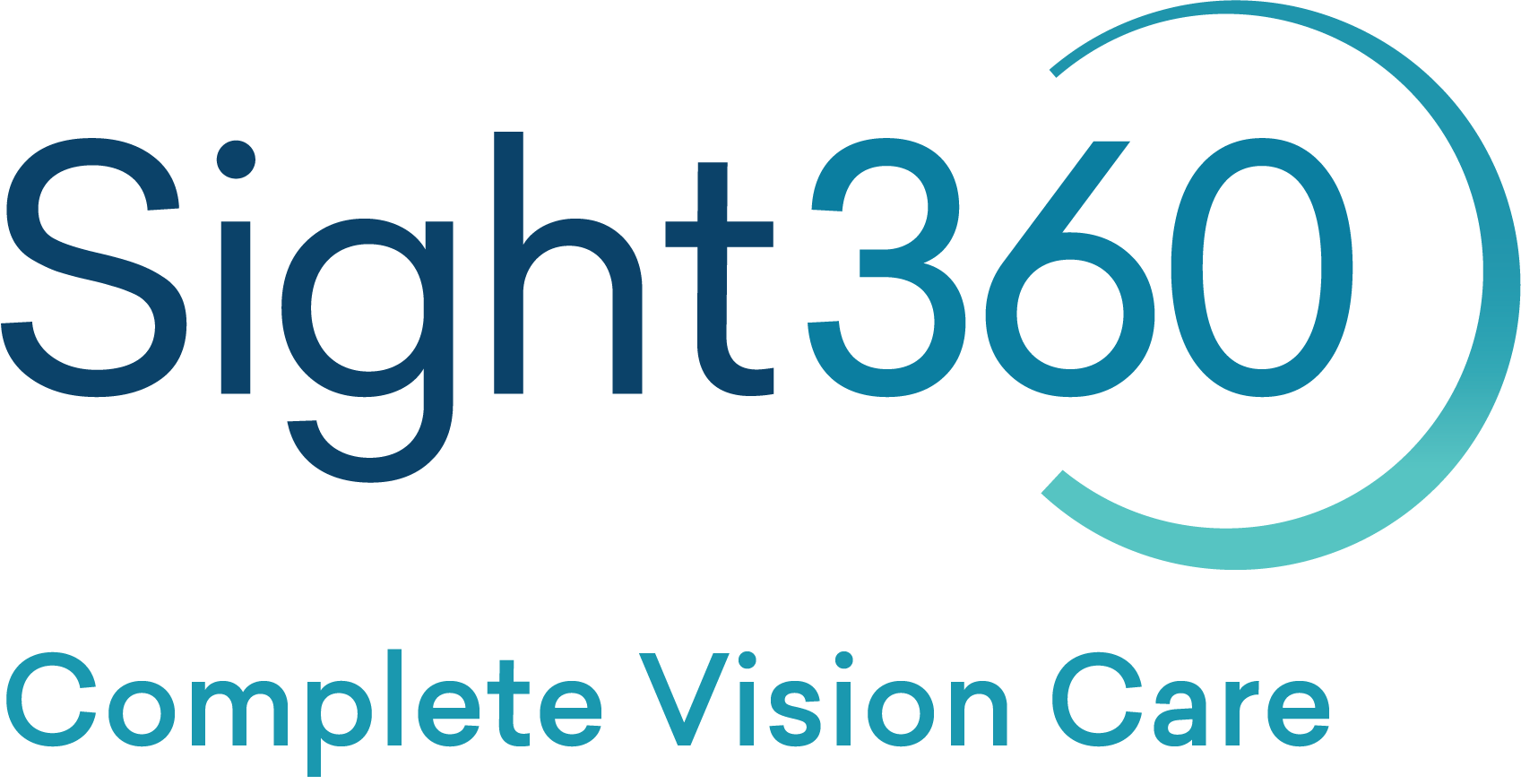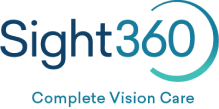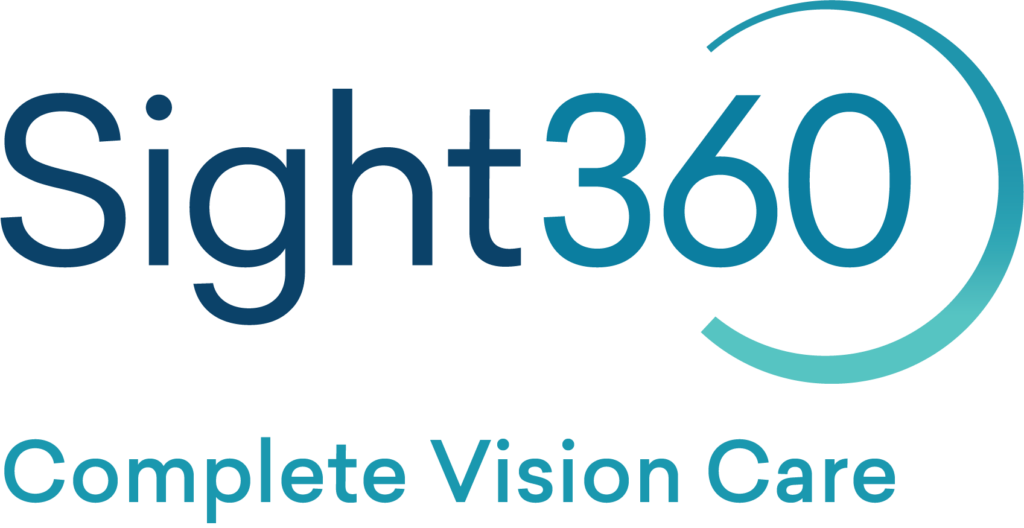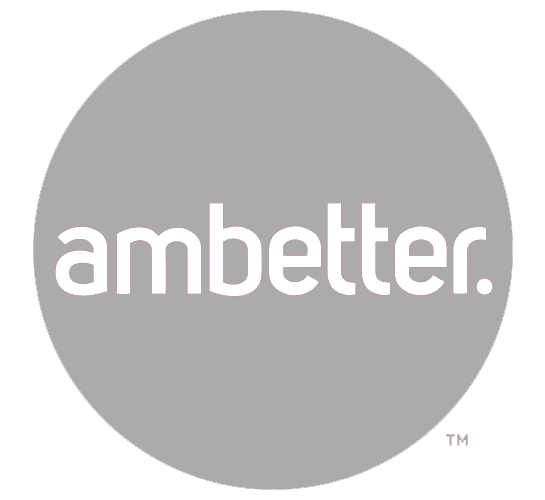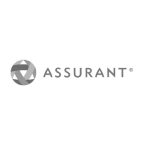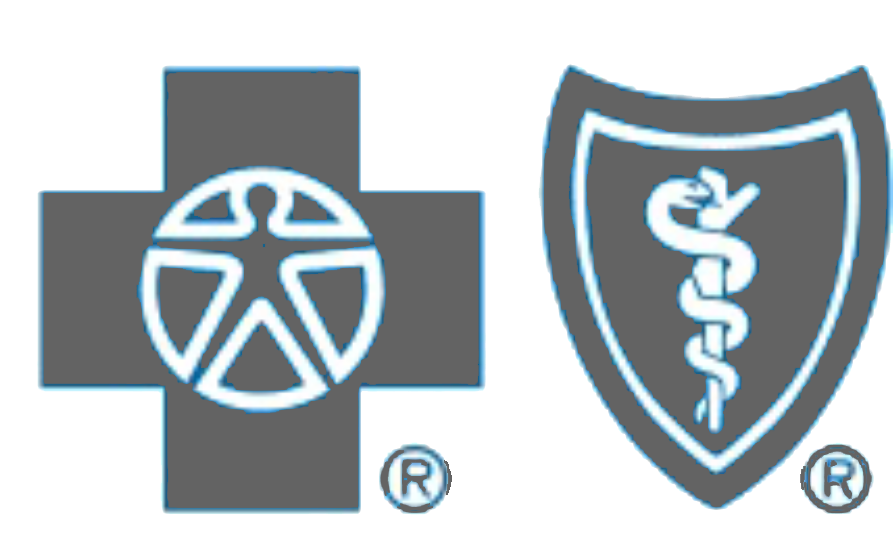- Home
- /
- Services
- /
- Ophthalmology
- /
- Cataracts
- /
- Cataract Surgery Lens Options
Cataract Surgery Lens Options
During cataract surgery at Sight360, a board-certified ophthalmologist will remove your aging natural lens and insert an artificial intraocular lens that will give you the ability to see clearly again.
# cataract treatment
# Cataracts
# Cataract Surgery
Cataract Surgery Lens Options
During cataract surgery at Sight360, a board-certified ophthalmologist will remove your aging natural lens and insert an artificial intraocular lens that will give you the ability to see clearly again. It’s important to note that these implants are not one-size-fits-all. In fact, there are a range of cataract surgery lens options available, and you’ll be able to choose one that will limit your need to wear any type of glasses or contacts following surgery.
Light Adjustable Lens
The light adjustable lens (LAL) is the only lens that allows for fine-tuning your prescription after cataract surgery has been performed. As the LAL is composed of a unique photo-sensitive material, one of our surgeons can carefully adjust it to suit your needs using an innovative UV light treatment. As a result, this lens offers the best possible outcome for your vision. We’re one of the few locations offering this cutting-edge lens type, and we are excited to help residents of St Pete and Pinellas Park enjoy renewed vision thanks to this technology.
Monofocal Lens
The mono-focal intraocular lens is the most basic lens with a single strength or power, meaning it can either correct your distance vision or help you see more clearly up close. Alternatively, our doctors can insert one mono-focal lens in one eye that will help improve your distance vision and another mono-focal lens in the other that will offer clarity for up-close reading.
Multifocal Lens
For a multifocal lens, we recommend the AcrySof® IQ PanOptix® Trifocal Intraocular Lens. This option is the only trifocal lens currently on the market and has been approved by the FDA. Its benefits include clarity for near, intermediate, and distance vision and significantly reduced dependence on reading or bifocal glasses. A whopping 80.5% of people with these lenses say they never use glasses following surgery, and 11.4% say they rarely wear glasses.
Toric Artificial Intraocular Lens
For those with astigmatism, a toric intraocular lens is often the best choice. Our options for toric lenses include:
- AcrySof® IQ Toric Intraocular Lens
- AcrySof® IQ PanOptix® Trifocal Intraocular Lens
- AcrySof® IQ PanOptix® Trifocal Toric Intraocular Lens
- AcrySof® IQ Vivity™ Toric Extended Vision Intraocular Lens
You can trust our experienced medical team to help you understand the differences between each of these options and select the best one for reducing visual disturbances and lowering your dependence on glasses or contact lenses.
Be Sure to Ask Which Lens Options Will Make You Less Dependent on Eyeglasses!
Whether you reside in St Pete, Pinellas Park, or a nearby community, you can take advantage of our comprehensive range of optometry and ophthalmology services, including cataracts surgery conducted by board-certified professionals and guidance with selecting the right cataract surgery lens option for you. Contact us today to set up an initial consultation!
Step 1: Understanding the Cataract Surgery Booking Process
Scheduling cataract surgery is easy when you choose to partner with Sight360. You can count on having a medical professional guide you through every step of the procedure.
Step 2: Cataract Evaluation
If you are struggling with clouded vision resulting from cataracts, getting started with a cataract evaluation is the first step towards renewing your vision. Our kind and knowledgeable doctors will help you understand your options.
Step 3: Cataract Surgery Options
When you turn to the board-certified ophthalmologists at Sight360, you can benefit from state-of-the-art surgery options.
Step 4: Cataract Lens Options
At Sight360, we know that cataract implants are not one-size-fits-all, which is why patients are able to choose the one that's right for them and help limit your need to wear any type of glasses or contacts following surgery.
Step 5: Guide to Cataract Surgery Financing Options
You may know that surgery can help restore your sight and give you clearer vision, but you may not be so sure as to your financing options for cataract surgery.
Step 6: Understanding Cataract Surgery Recovery
Cataract surgery is a common procedure that does not involve an intensive recovery process. As a result, you can look forward to renewing your vision relatively quickly and enjoying clear sight soon after the surgery has been completed.
Cataract Surgery Lens Options FAQs
Monofocal lenses are the traditional and most commonly used IOLs. They provide clear vision at one specific distance, usually either distance (for activities like driving) or near (for reading). Many people opt for monofocal lenses and use glasses for activities at the other distances.
Multifocal lenses are designed to provide clear vision at multiple distances. They have different zones within the lens for near, intermediate, and distance vision. This can reduce the dependence on glasses for various activities.
Toric lenses are specifically designed to correct astigmatism, which is a common refractive error caused by an irregular shape of the cornea. Toric IOLs can help improve both cataract and astigmatism issues in one procedure, reducing the need for glasses.
EDOF lenses are a newer type of IOL that aims to provide a continuous range of vision from distance to intermediate (computer) but will require glasses for detail. They may offer reduced dependency on glasses for various activities.
Accommodating lenses are designed to mimic the eye’s natural ability to shift focus between near and far objects. While they may reduce the need for reading glasses, their effectiveness can vary from person to person.
Aspheric lenses are designed to replicate the natural shape of the eye’s lens, providing enhanced contrast sensitivity and reducing optical aberrations. They are often used to improve visual quality.
Presbyopia-correcting lenses, including multifocal and accommodating lenses, aim to address the natural loss of near vision that occurs with age. They can provide a broader range of focus for various distances.
In many cases, patients are cleared to resume driving shortly after surgery, especially if the vision in the treated eye meets certain criteria. However, it’s essential to follow your surgeon’s guidance regarding when it’s safe to drive.
The final results of cataract surgery, including stabilized vision, are typically realized within a few weeks. Some individuals may still require glasses for specific tasks, especially if they chose monofocal lenses that provide clear vision at one distance.
Highly Rated Eye Doctors & Vision Care Specialists
Your sight is your most important sense. Therefore, you want to make sure it is in excellent hands. You can trust the vision care specialists at Sight360, but don’t take our word for it.
Here’s what our patients have to say about the level of care we provide.
